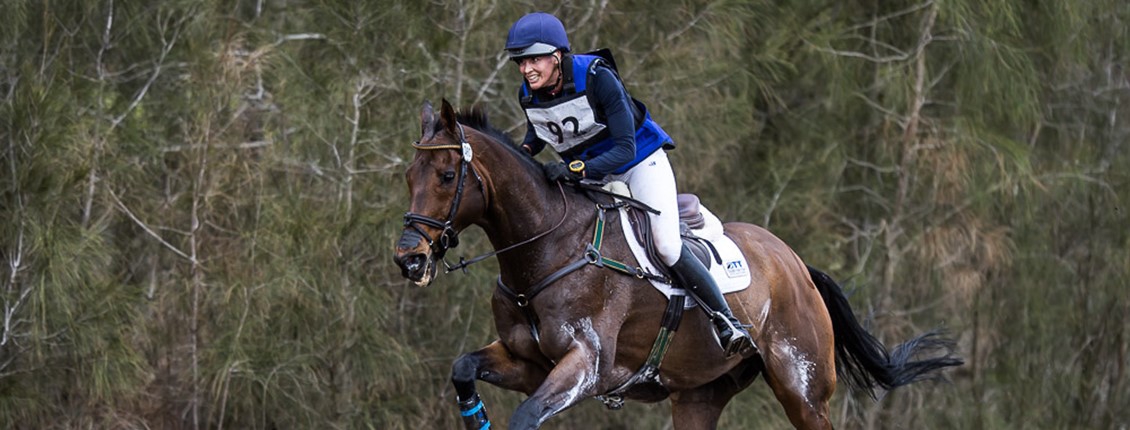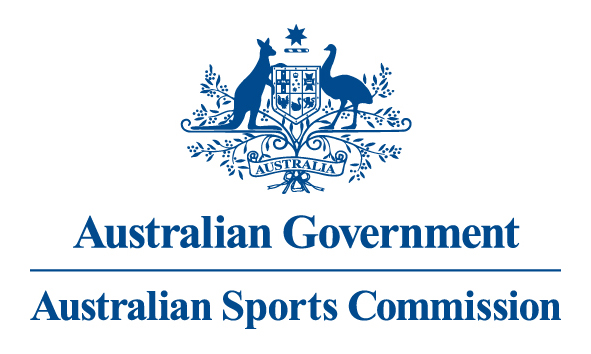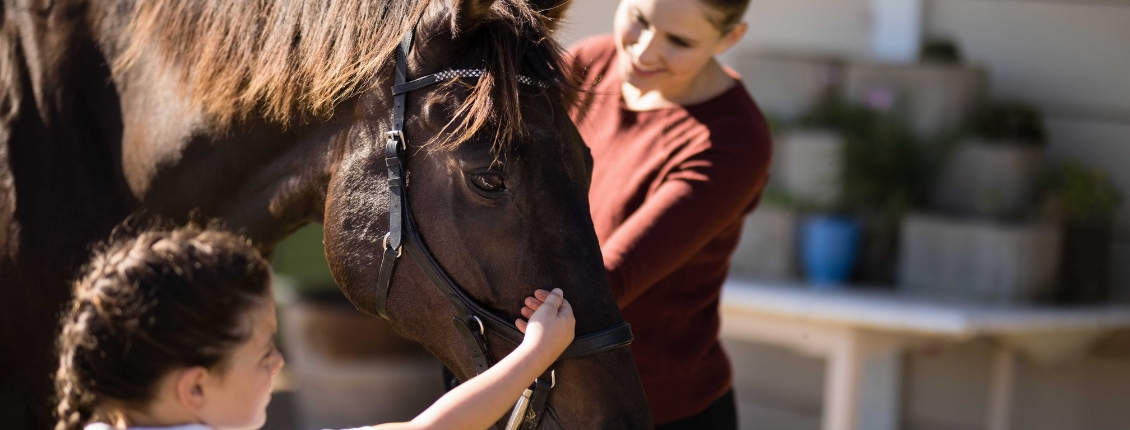
Effective Horse Cooling - as Recommended by the FEI
Hot or hot and humid environmental conditions are a serious risk to health and performance unless properly managed. Research into the effects of heat and humidity on horses during competition has been ongoing since the Atlanta Olympic Games. Here is some practical information on effective horse cooling, as recommended by the FEI.
Effective Cooling of the Horse
If horses have not experienced being aggressively cooled before then it is advisable to try and introduce this to them at home prior to competition. Make sure horses are used to fans, being sprayed with water from hoses and having people working on both sides.
Best Cooling Techniques (in order of effectiveness)
> Application of cold water- Applying large volumes of cold water all over the horses’ body is the most effective way of cooling a horse.
There is no advantage to concentrating on applying cold water to specific areas such as large blood vessels on the neck or between the legs. Cold water, even applied over the large muscles, does not cause tying-up or muscle damage.
> Take advantage of fans or misting fans
> Move to shade
Aggressive cooling is the most important factor in reducing heat stroke in horses, and greatly reduces the risk of collapse and potential injury.
Things that don’t work:
> Ice packs - Placing ice packs over large blood vessels, such as those between the hind legs or over the jugular is not effective
> Ice or cold water in the rectum- is invasive treatment, is not permitted, is dangerous, and also ineffective
> Wet Towels - Placing wet towels over the horse actually slows down heat loss.
Practical Tips for Daily Management
> Water - should not be restricted at any time and can safely be allowed before and immediately after exercise
> Recovery from transport - On arrival after long distance transport, horses are at an increased risk of colic and respiratory disease (“shipping-fever”).
They should be allowed to rest and recover for at least 3 days with regular hand walking (and grazing if available to encourage head lowering which helps clear the airways) before any significant training in the heat is undertaken.
> Daily monitoring - Observing behaviour, feed intake, water intake, droppings (frequency and consistency) and basic clinical parameters (body weight, rectal temperature, heart rate and respiratory rate) are the best ways to identify and treat as early as possible any problems that might occur.
This is an excerpt from the March 2018 FEI Sports Forum Supporting Document "Session 6 – Optimising Performance in a Challenging Climate: Management of Horses in Hot Weather", by Dr David Marlin & Dr Martha Misheff.
Read the report in full: MANAGEMENT OF HORSES IN HOT WEATHER










